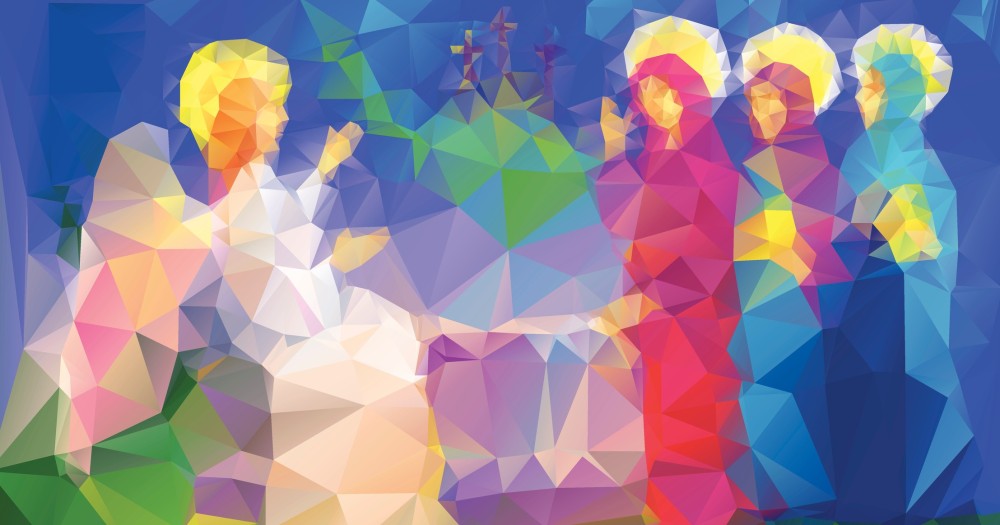Preaching on Easter Sunday isn’t about convincing people
Resurrection isn’t something we explain. It’s something we live and breathe.

At the entrance to Jerusalem’s Church of All Nations, next to the Garden of Gethsemane, there is a sign warning every visitor: NO EXPLANATIONS INSIDE THE CHURCH.
This was intended to discourage talkative tour guides from disturbing the church’s prayerful ambience with shouted lectures, but it has always struck me as very good advice for preachers on Easter Sunday.
Confronted by a room full of people who spend most of their time in secular social ways of thinking, where the dead stay dead and God—if there is one—does not intervene in the natural order, preachers are tempted to mount a defense of the resurrection within what is plausible to the modern mind. In doing so, they tame a dangerous mystery into a manageable—and rather harmless—assumption. They also waste a valuable opportunity to bring the assembly into confrontation with the transformative presence of the living Christ.





